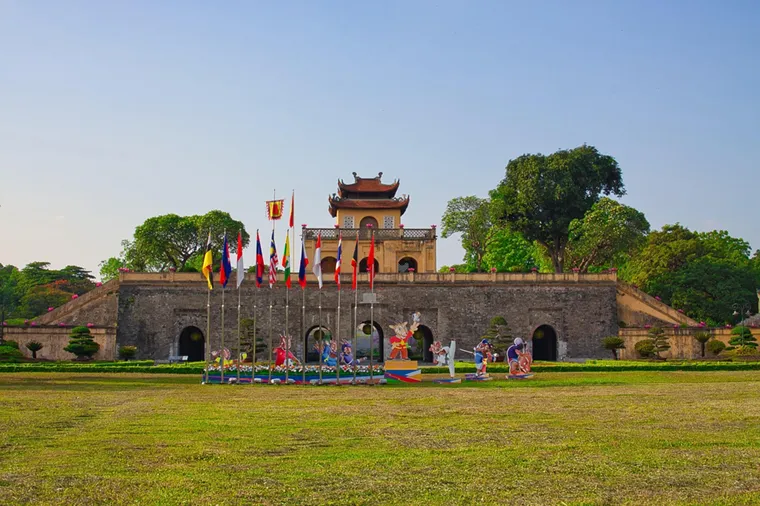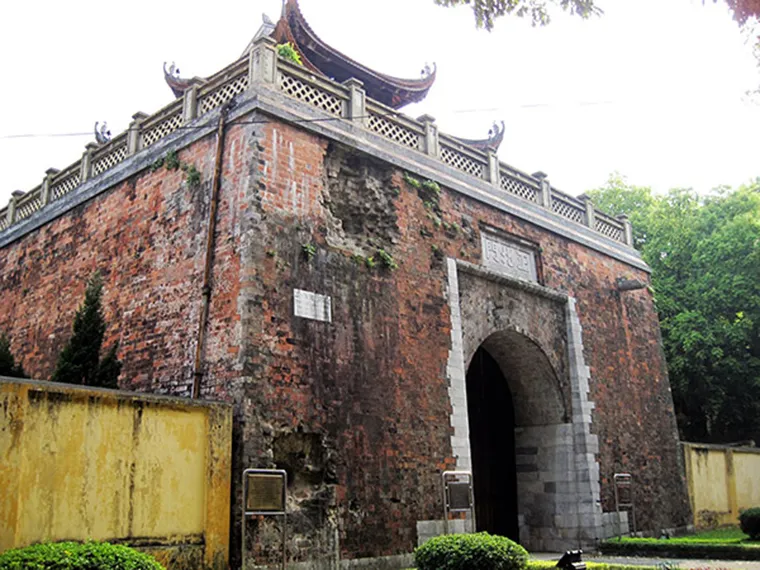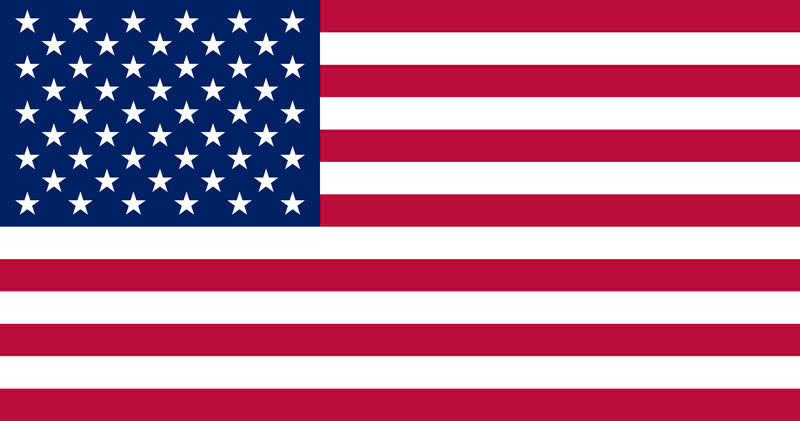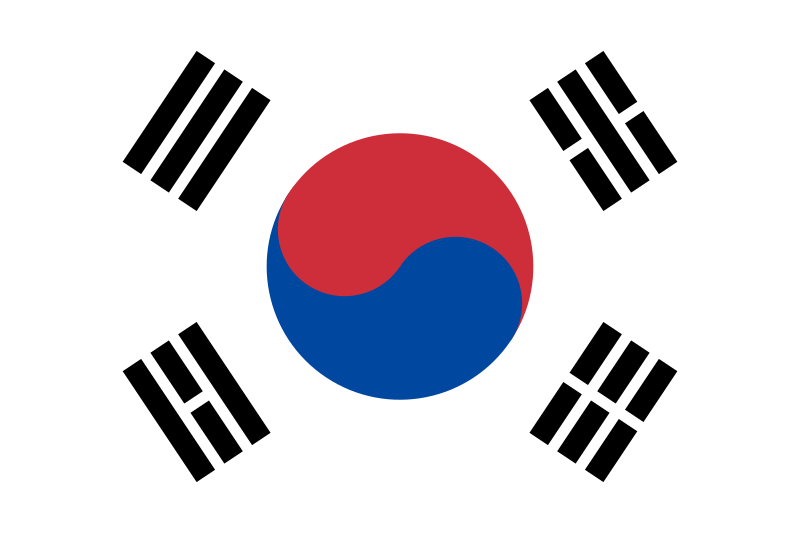Imperial Citadel of Thang Long: A Historic Treasure of Hanoi
The Imperial Citadel of Thang Long (Hoàng Thành Thăng Long) is one of Vietnam’s most significant historical and cultural sites, located in the heart of Hanoi. As a symbol of the country’s political power and resilience, this UNESCO World Heritage Site has witnessed over 1,300 years of history, serving as the political center of Vietnam through various dynasties.
From its origins as a military fortress during the Chinese Tang Dynasty to becoming the imperial seat of the Ly, Tran, and Le dynasties, the citadel has played a crucial role in shaping Vietnam’s history. Today, it stands as a remarkable archaeological site, offering visitors a glimpse into the past through its ancient ruins, relics, and well-preserved structures.
1. The History of Thang Long Imperial Citadel
1.1. Origins: The Birth of a Capital (7th - 11th Century)
The site of the Imperial Citadel dates back to the 7th century, when the Chinese Tang Dynasty built a fortress called Dai La on the Red River Delta to control Northern Vietnam. This stronghold laid the foundation for what would later become Thang Long, the ancient name of Hanoi.
In 1010, Emperor Lý Thái Tổ, the founder of the Lý Dynasty, chose this location to establish his new capital. He renamed it Thang Long ("Ascending Dragon"), inspired by a vision of a golden dragon rising from the Red River. This marked the beginning of Vietnam’s first independent imperial capital, which would remain the center of power for nearly 800 years.
1.2. The Golden Era of the Ly, Tran, and Le Dynasties (11th - 18th Century)
During the Ly (1010-1225), Tran (1225-1400), and Le (1428-1789) dynasties, the Imperial Citadel of Thang Long flourished as a hub of political, cultural, and military activities. The citadel was expanded with:
-
Palaces and royal residences for the emperor and his court.
-
Gates, walls, and watchtowers to protect against foreign invasions.
-
Temples and shrines dedicated to ancestors and spiritual figures.
The citadel played a central role in defending Vietnam against Mongol invasions in the 13th century and later against Chinese Ming forces in the 15th century.

Beyond its historical significance, the Thang Long Imperial Citadel offers a glimpse into Vietnam's architectural evolution and royal life over many dynasties. - Photo source: Pixabay
1.3. French Colonial Period and Destruction (19th - 20th Century)
In 1802, when the Nguyen Dynasty moved the capital to Hue, the importance of Thang Long declined. Under French colonial rule (1883-1954), large parts of the Imperial Citadel were demolished, and the site was transformed into a military headquarters. The French built colonial-style buildings, some of which still stand today.
During the Vietnam War, the site served as a military command center for North Vietnam, with underground bunkers that housed top-ranking officials and strategists.
1.4. Becoming a UNESCO World Heritage Site (21st Century)
After extensive archaeological excavations in the early 2000s, the significance of the Imperial Citadel was recognized globally. In 2010, it was officially declared a UNESCO World Heritage Site, cementing its status as one of Vietnam’s most important cultural landmarks.
To further explore Hanoi's diverse cultural offerings, consider a visit to bat trang pottery village hanoi.
2. Exploring the Imperial Citadel of Thang Long
The Imperial Citadel complex covers a vast area with several key structures that offer a window into Vietnam’s imperial past. Visitors can explore ancient palace foundations, military bunkers, and historic gates that have withstood the test of time.
2.1. Doan Mon (Main Gate of the Citadel)
The Doan Mon Gate is the main entrance to the Imperial Citadel, leading directly to the emperor’s palace. It features stone and brick architecture with five arched gateways, reflecting the royal grandeur of the Ly and Le dynasties.
-
The central gate was reserved for the emperor.
-
The two side gates were used by mandarins and officials.
-
The outermost gates were for commoners and lower-ranking soldiers.
2.2. Flag Tower of Hanoi
One of the most iconic structures of the citadel is the Hanoi Flag Tower, built in 1812 during the Nguyen Dynasty. Standing 33 meters tall, it was used as a military observation post and later became a symbol of Hanoi’s resilience.
-
Today, it flies the Vietnamese national flag, representing national pride and independence.
-
It is one of the few structures that survived French colonial destruction.
2.3. Kinh Thien Palace Foundation
At the heart of the citadel lies the Kinh Thien Palace foundation, the remains of what was once the royal throne hall of the Le Dynasty.
-
The palace was demolished during the French occupation, but the foundation and stone dragon staircases remain.
-
The intricately carved stone dragons are masterpieces of 15th-century Vietnamese art.
-
This area was used for important imperial ceremonies and state affairs.

The Imperial Citadel of Thang Long embodies Vietnam's long and rich history as a center of political and cultural power. - Photo source: hoangthanhthanglong.vn
2.4. Archaeological Site - 18 Hoang Dieu
Discovered in 2002, the 18 Hoang Dieu archaeological site revealed traces of palaces, wells, and ancient roads from different dynasties.
-
Over 1,000 artifacts have been unearthed, including ceramic tiles, bronze coins, and pottery.
-
The site proves that the Imperial Citadel was continuously inhabited for over a millennium.
2.5. D67 Underground Bunker - The Secret Military Headquarters
During the Vietnam War, the citadel served as a command center for the Vietnamese People’s Army. The D67 underground bunker, built in the 1960s, was where leaders planned major battles, including the Tet Offensive (1968).
-
The bunker remains intact, with original war maps, telephones, and meeting rooms.
-
It offers a unique perspective on Vietnam’s military strategies and resilience.
After immersing themselves in this historical site, visitors might consider the hanoi opera hilton for accommodation or dining options in the vicinity.
3. Visiting the Imperial Citadel of Thang Long
Opening Hours: 8:00 AM – 5:00 PM (Closed on Mondays)
Ticket Price: 30,000 VND (~$1.30 USD)
Best Time to Visit
-
Spring (March - April) and Autumn (September - November) offer the most pleasant weather.
-
Avoid the summer months (June - August) due to high heat and humidity.
How to Get There
-
Located in Ba Dinh District, the citadel is easily accessible by taxi, Grab, or motorbike.
-
It is within walking distance from other landmarks like Ho Chi Minh Mausoleum and One Pillar Pagoda.

Visitors can easily reach the Thang Long Imperial Citadel by motorbike, car, or taxi. - Photo source: hoangthanhthanglong.vn
Beyond the Imperial Citadel, visitors eager to delve deeper into Hanoi's historical architecture will find the Old City Gate Hanoi, situated in a different district, offers a compelling contrast.
For history lovers, culture enthusiasts, and curious travelers, the Imperial Citadel of Thang Long is a must-visit destination in Hanoi — offering a journey through the centuries of Vietnam’s fascinating past.
|
Joytime - Your Vietnam Journey's Servant Expert Follow us for travel tips, local insights, and exclusive offers:
|

Danish Nguyen
Danish Nguyen is a renowned travel blogger in Vietnam with over 5 years of experience sharing unique travel experiences. With a passion for exploring new places, Danish captures incredible moments and provides readers with valuable tips to discover the beauty of his homeland.








.webp)
.webp)








